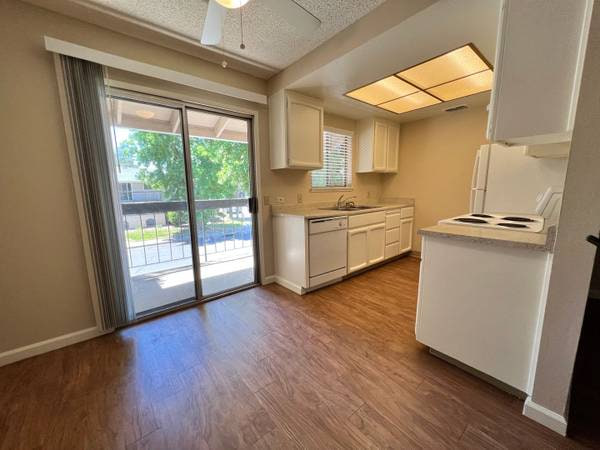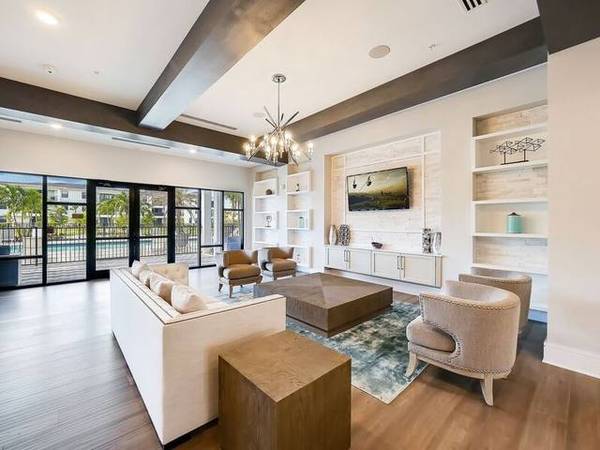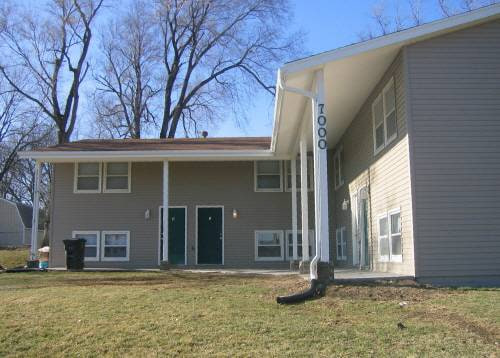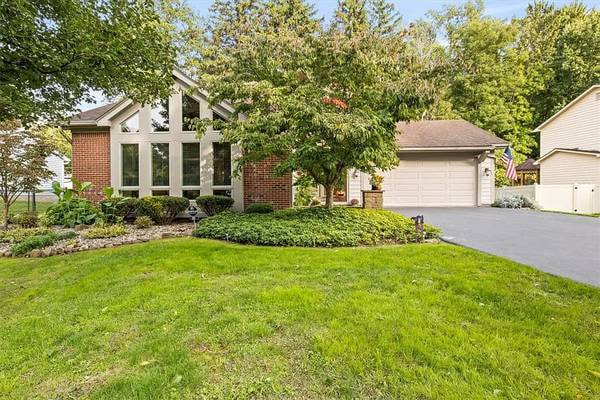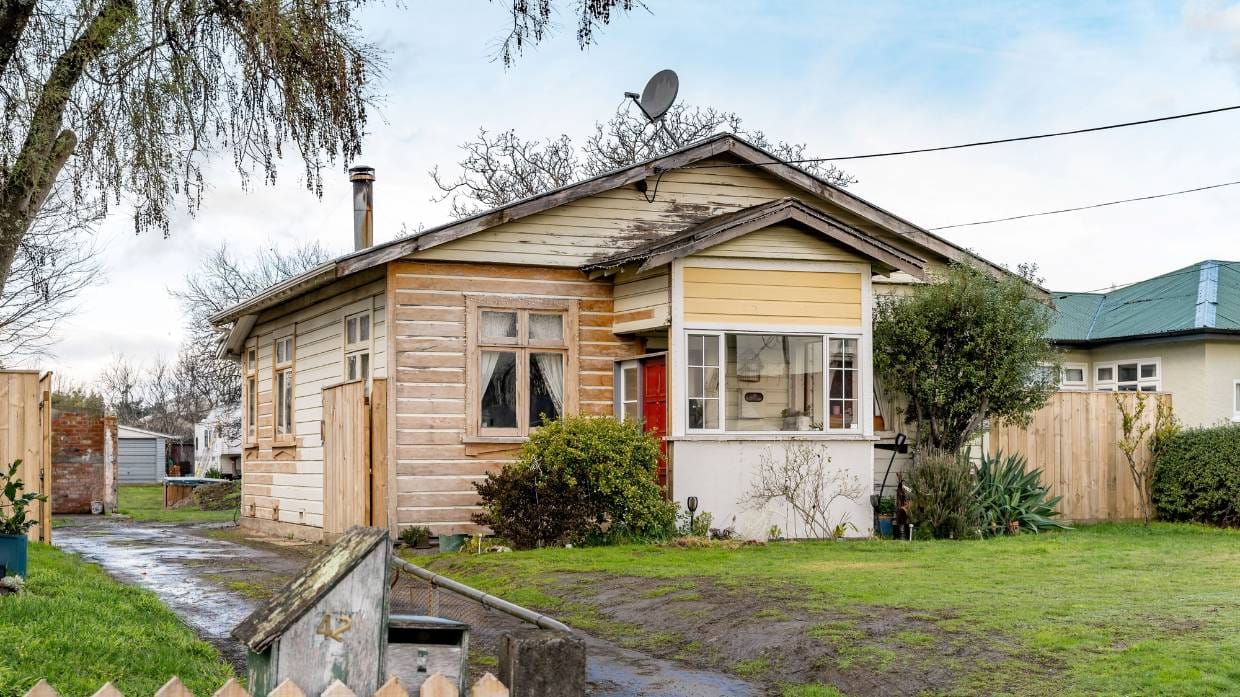Looking for a new home can be an overwhelming process, but have you considered exploring inventory homes? These homes are gaining popularity among buyers for their convenience and potential savings. In this article, we will uncover what inventory homes are, discuss their pros and cons, and provide valuable tips for finding the best deals available.
What Does “Inventory Home” Mean?
An inventory home refers to a recently built house that is readily available for immediate occupancy, typically situated within a newly developed residential area. Prospective buyers have the option to select from completed homes or ones currently being built and expected to be ready in the near future, all situated on existing plots of land. These homes come in various sizes, designs, and price ranges.

Pros and Cons of Investing in an Inventory Home
Pros
Immediate move-in
Unlike custom-built homes that can take months to complete, inventory homes are already built and ready for occupancy. This means you can move in right away after closing the sale. By selecting an inventory home that meets your preferences, you can avoid the waiting time associated with custom construction.
Reduced stress
Investing in an inventory home minimizes the stress involved in the home buying process. Rather than making numerous decisions and overseeing the construction, you can simply select a home that has already been designed and built. This is especially appealing for first-time homebuyers who prefer a more streamlined and hassle-free experience.
Comparable warranty coverage
Just like custom-built homes, inventory homes come with the builder's warranty. This means that you receive the same level of protection for your investment. The builder's warranty ensures that any construction or material defects are covered for a specified period, providing peace of mind and protection for your new home.
Potential cost savings
If an inventory home has been on the market for a while, the builder may be more motivated to sell it. As a result, you may have the opportunity to negotiate a lower price or take advantage of significant discounts. This can lead to potential cost savings compared to building a custom home, where prices are typically based on current market conditions.
Cons
Limited customization options
One of the main drawbacks of investing in an inventory home is that you may be limited in terms of customizing or personalizing it. For example, if you’re looking for specific finishes or materials, these may not be available with an existing home. The floor plan and design will also be predetermined, which means you may not get exactly what you want.
Fewer incentives
Inventory homes tend to have fewer builder incentives than custom-built homes. Since builders are usually eager to move these properties off their books quickly, they may not offer additional features or upgrades as part of the deal. This can make it more difficult to negotiate favorable terms when compared to a custom-build situation. At the same time, the builder may be less willing to make repairs or address any issues that you discover after purchase.
Related: How Much Does A Modular Home Cost?
What should homebuyers consider before choosing an inventory home?

Location
As with any home purchase, location is crucial. Consider the neighborhood, proximity to schools, shopping centers, healthcare facilities, and your workplace. Evaluate the amenities and conveniences available in the surrounding area and determine if it aligns with your lifestyle and preferences.
Floor Plan and Design
Assess the layout and design of the inventory home. Does it meet your needs in terms of the number of bedrooms, bathrooms, and overall square footage? Consider the flow of the living spaces and whether they align with your desired lifestyle and functionality. Take note of any customization options available and whether they can be incorporated into the existing design.
Quality and Builder Reputation
Research the builder's reputation and track record for constructing quality homes. Read reviews, visit other communities they have built, and assess the overall craftsmanship and attention to detail. Request information about warranties and after-sales service to ensure that you will be covered in case of any issues that may arise.
Upgrades and Customization
Evaluate the level of customization and upgrades available in the inventory home. Although these homes are often already built or nearing completion, there may still be opportunities to personalize certain features. Inquire about any flexibility in choosing finishes, fixtures, or other elements to make the home truly your own.
Inspection and Walkthrough
Before finalizing the purchase, conduct a thorough inspection of the inventory home. Hire a professional home inspector to assess the condition of the property, identify any potential issues, and ensure that everything is in proper working order. Take a walkthrough of the home to get a firsthand feel for the space and confirm that it meets your expectations.
Price and Financing
Compare the price of the inventory home with similar properties in the area. Consider whether the asking price is fair and in line with the market value. Assess your financing options and consult with a mortgage lender to understand the terms, interest rates, and monthly payments associated with purchasing the inventory home.
Timeline and Move-In Date
Determine the expected completion date of the inventory home and align it with your own timeline. If you have specific deadlines or commitments, ensure that the move-in date will accommodate your needs. Clarify any uncertainties regarding the timeline with the builder or seller to avoid potential conflicts or delays.
Homeowner Association (HOA) Rules and Fees
If the inventory home is part of a community governed by a homeowner association, familiarize yourself with the rules, regulations, and associated fees. Understand the obligations and restrictions imposed by the HOA and determine if they align with your lifestyle and preferences.
Tips for Investing in an Inventory Home
Do Your Research
Spend time researching the different builders and inventory homes available in your area. Research the home's features, amenities, and design elements to determine if it suits your needs and preferences.
Look for Available Discounts
If you’re looking to save money on an inventory home, look for builders who are offering incentives or discounts on their properties. These can include price reductions, additional upgrades, or interest-free financing deals.
Work with a Knowledgeable Agent or Lender
It is important to have a qualified professional by your side when investing in an inventory home. An experienced real estate agent can help find the best deals and guide you through the process of making an offer and negotiating terms with the builder. A qualified mortgage lender can also help you secure financing for your new home.
Inspect the Property
Have a qualified inspector check out the property to ensure that it is up to code and in good condition. This will provide peace of mind and protect your investment in case there are any hidden defects or underlying issues with the home.
Conclusion
Inventory homes offer potential buyers the convenience of a turn-key home without having to wait for construction to be completed. And with numerous options available at varying price points, there is something for everyone. Whether you’re looking for a new home, want to take advantage of current market conditions, or just don’t want to start from scratch, inventory homes can provide an efficient and cost effective solution. With proper research and due diligence, you can find the perfect inventory home for your needs.
